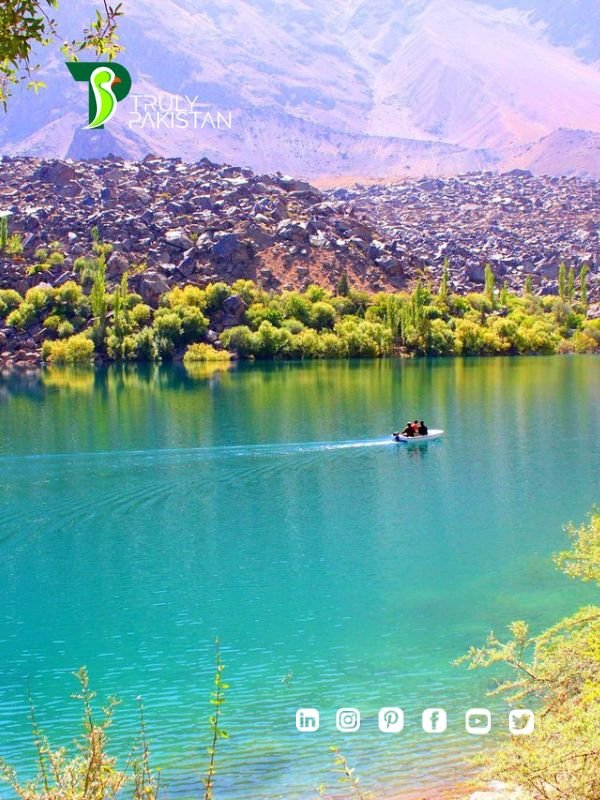Complete Guide to a Trip to Northern Areas of Pakistan (2025)
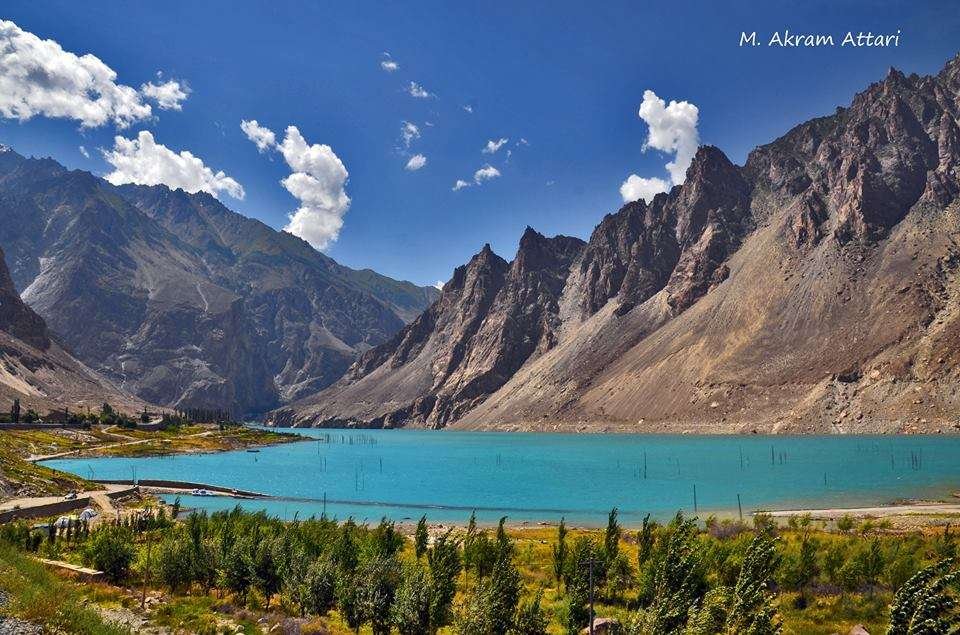

The northern areas of Pakistan include Gilgit-Baltistan, Hunza, Skardu, Naran Kaghan, Fairy Meadows, and the Karakoram Highway region. This guide provides everything you need to plan a trip to northern areas of Pakistan in 2025—covering routes, budgets, itineraries, safety, and cultural insights—so you can travel confidently and make the most of your time in these breathtaking mountains.
Table of Contents
Planning your trip to northern areas of Pakistan: routes, seasons, budget
Best time for a trip to northern areas of Pakistan (month-by-month)
The climate in northern Pakistan changes drastically by season, so choosing the right month is essential. Below is a quick seasonal breakdown:
- March–May (Spring): Blooming cherry and apricot blossoms in Hunza and Gilgit; moderate temperatures; Babusar Pass still closed.
- June–August (Summer Peak): All routes open, including Babusar and Khunjerab; busiest months with high hotel rates; perfect for trekking and road trips.
- September–October (Autumn): Golden foliage in Gilgit-Baltistan; clear skies for photography; fewer crowds; cooler nights.
- November–February (Winter): Harsh weather, limited access, but Skardu and Gilgit flights operate; ideal for snow lovers and off-season rates.
How to reach for a trip to northern areas of Pakistan (air vs road)
Most travelers begin their trip to northern areas of Pakistan from Islamabad. Two main options exist: By Air Flights from Islamabad to Gilgit (approx. 50 minutes) or Skardu (1 hour) save time. However, schedules depend on weather conditions, so delays are common. By Road The Karakoram Highway (KKH) connects Islamabad to Gilgit and Hunza in 14–16 hours. The Naran–Babusar route, open in summer, cuts 5–6 hours off the journey. Private cars, buses, and tour vans are widely available.
Realistic budget for a trip to northern areas of Pakistan (backpacker, mid, family)
Costs vary depending on travel style. Here’s an estimate per person, per day:
- Backpacker: PKR 4,000–6,000 (shared transport, guesthouses, basic meals)
- Mid-range: PKR 8,000–12,000 (private car hire, boutique hotels, mixed dining)
- Family/luxury: PKR 15,000–25,000 (SUV rentals, resorts, guided tours)
A 7-day trip for a mid-range traveler will usually cost PKR 70,000–90,000, including transport, hotels, food, and activities.
Permits, IDs, and essentials for a trip to northern areas of Pakistan
Most domestic travelers only need a valid CNIC, but foreigners should carry a passport and visa. Certain areas near borders may require permits:
- Khunjerab Pass (China border) – passport checks at Sost
- Deosai National Park – entry fee applies
- Restricted valleys near Line of Control – ask local authorities before traveling
Travel insurance is recommended. Always carry extra photocopies of IDs, emergency cash, and local SIM cards for connectivity.
Top places to see on a trip to northern areas of Pakistan
Hunza Valley: the classic trip to northern areas of Pakistan
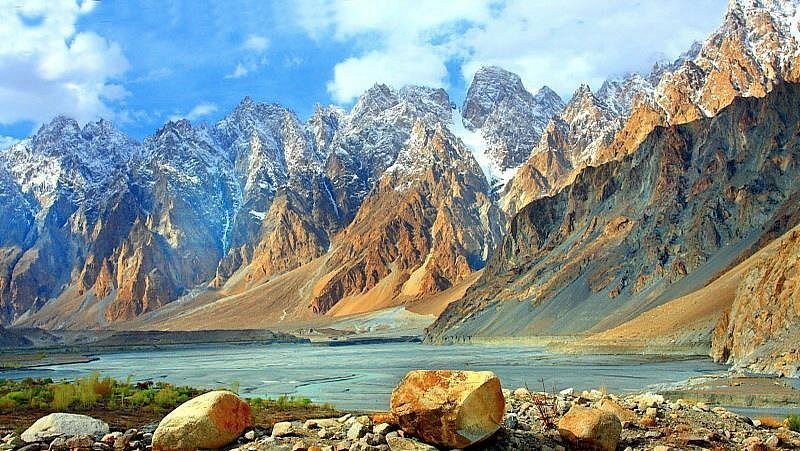

Hunza Valley is often the highlight of a trip to northern areas of Pakistan. Surrounded by snow-capped peaks like Rakaposhi and Ultar Sar, it offers culture, scenery, and history. Key highlights include:
- Baltit and Altit Forts: Restored heritage sites offering panoramic views and insights into Hunza’s history.
- Attabad Lake: A turquoise lake formed by a landslide in 2010, now famous for boating and photography.
- Passu Cones: Iconic pointed peaks along the Karakoram Highway, best viewed near Gulmit.
- Khunjerab Pass: The world’s highest paved border crossing into China at 4,693m, accessible by road in summer.
Skardu and Baltistan: desert, lakes, and high-mountain drama
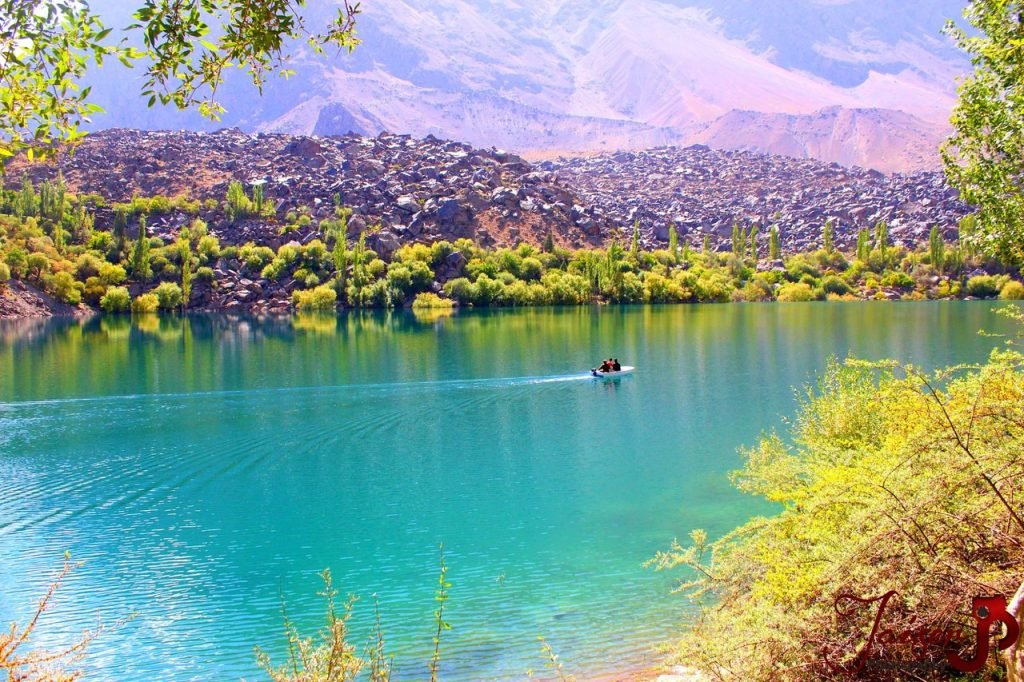

Skardu is the gateway to some of the world’s tallest mountains, including K2. A trip here showcases a unique mix of cold deserts, alpine lakes, and traditional Balti culture:
- Shangrila Resort & Lower Kachura Lake: Known for its heart-shaped lake and scenic views.
- Upper Kachura Lake: A pristine natural lake surrounded by forests, great for boating and picnics.
- Katpana Cold Desert: Sand dunes against a backdrop of snowy peaks—an unusual sight at 2,300m.
- Shigar Fort: A restored heritage fort that doubles as a boutique hotel and cultural museum.
Naran–Kaghan Valley: lakes, meadows, and alpine roads
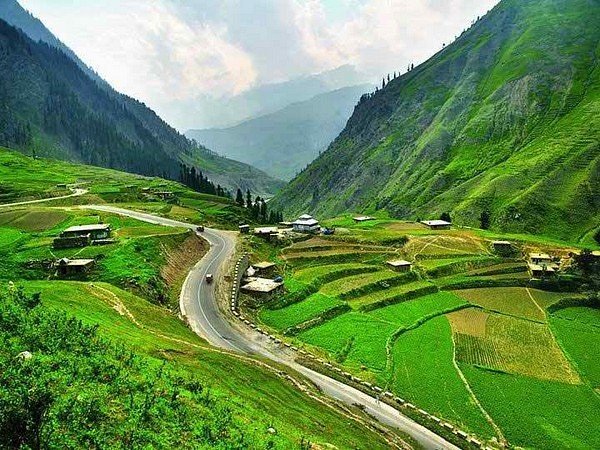

Naran Kaghan is one of the most popular summer routes for a trip to northern areas of Pakistan, especially for families. Accessible by road from Islamabad, it offers alpine scenery and easy hikes:
- Saif-ul-Malook Lake: A legendary lake near Naran, accessible by jeep, with folklore tied to fairies.
- Lulusar Lake: Start point of the Kunhar River, often included in day trips.
- Dudipatsar Lake: A demanding full-day trek, rewarding with crystal-clear waters surrounded by snow-capped mountains.
- Babusar Top: A high mountain pass connecting Kaghan with Chilas, open only in summer months.
Fairy Meadows and Nanga Parbat: trekking highlight of northern Pakistan
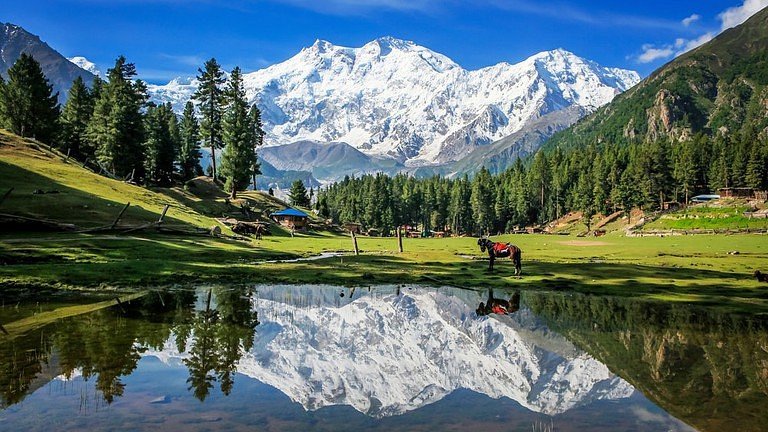

Fairy Meadows is a must-visit for adventure seekers. Reached via a jeep track and short trek from Raikot Bridge on the Karakoram Highway, it is known for:
- View of Nanga Parbat: The ninth-highest mountain in the world (8,126m), nicknamed the “Killer Mountain.”
- Camping experiences: Wooden huts and tents available for overnight stays under starlit skies.
- Photography opportunities: Sunrise over Nanga Parbat is among the most photographed scenes in Pakistan.
Travelers should note that altitude and road access can be challenging, so it is best suited for those with moderate fitness levels and proper preparation.
Sample itineraries for a trip to northern areas of Pakistan
7-day itinerary: efficient trip to northern areas of Pakistan
For travelers with limited time, a week is enough to experience the highlights. A balanced 7-day plan:
- Day 1: Islamabad to Naran (overnight stay).
- Day 2: Visit Saif-ul-Malook Lake and continue to Gilgit.
- Day 3: Drive to Hunza, visit Baltit Fort and Karimabad.
- Day 4: Explore Attabad Lake, Passu Cones, Khunjerab Pass (if open).
- Day 5: Free day in Hunza for local culture, markets, and hiking.
- Day 6: Return towards Naran or Besham, overnight stay.
- Day 7: Drive back to Islamabad.
10–12 day itinerary: Hunza and Skardu combo trip
For a deeper trip to northern areas of Pakistan, combining Hunza and Skardu is ideal:
- Days 1–3: Islamabad → Hunza (Baltit Fort, Attabad Lake, Khunjerab Pass).
- Days 4–5: Return to Gilgit and fly/drive to Skardu.
- Days 6–8: Explore Skardu Valley (Shangrila, Upper Kachura, Katpana Desert, Shigar Fort).
- Days 9–10: Optional day trip to Deosai National Park (seasonal).
- Days 11–12: Return journey via KKH or flight back to Islamabad.
15-day grand circuit: ultimate trip to northern areas of Pakistan
If time and budget allow, a 15-day itinerary covers most highlights:
- Hunza Valley highlights (Baltit/Altit Forts, Attabad, Khunjerab).
- Skardu and Baltistan (Shigar, Cold Desert, Kachura Lakes, Deosai Plains).
- Naran–Kaghan stopover (Saif-ul-Malook, Babusar Top).
- Optional side trips: Fairy Meadows trek or Chitral Valley (seasonal).
FAQ: plan a trip to northern areas of Pakistan with confidence
How much does a trip to northern areas of Pakistan cost?
A budget traveler may spend PKR 4,000–6,000 per day, mid-range travelers PKR 8,000–12,000, while families or luxury travelers can expect PKR 15,000–25,000 per day. A 7-day trip typically ranges from PKR 70,000 to 150,000 depending on style and group size.
Is a trip to northern areas of Pakistan safe right now?
Yes, most of Hunza, Skardu, and Naran are safe for tourism. Roads can be challenging, and weather may cause delays, so always check advisories from PTDC or the UK FCDO before traveling. Avoid traveling at night on highways.
What is the best route for a trip to northern areas of Pakistan?
The most popular route is Islamabad → Naran Kaghan → Gilgit → Hunza. In summer, Babusar Pass is open, making the journey shorter. Skardu can be reached either via KKH or by direct flights from Islamabad.
Do foreigners need permits for a trip to northern areas of Pakistan?
Foreigners usually do not need permits for Hunza, Skardu, or Naran. Permits may apply for sensitive border valleys near China, India, or Afghanistan. Always carry your passport, visa, and extra photocopies.
When is the best time for a trip to northern areas of Pakistan?
The prime season is May to October, with June–August being peak summer when all passes are open. Spring (March–May) is perfect for blossoms, while autumn (September–October) offers golden colors and fewer crowds. Winter travel is limited but possible by air to Gilgit and Skardu.
Safety, health, and sustainability on your trip to northern areas of Pakistan
Safety snapshot for a trip to northern areas of Pakistan
Most tourist regions in Hunza, Skardu, and Naran are safe for visitors, but always travel with caution. Road safety is the biggest concern due to landslides, sharp bends, and changing weather. Avoid night driving on the Karakoram Highway and check road conditions before departure. Keep emergency contacts handy, including PTDC helplines and local police stations.
Health & altitude guide for a trip to northern areas of Pakistan
Altitude sickness can affect visitors above 3,000 meters, especially in Khunjerab, Fairy Meadows, and Deosai. To minimize risks:
- Ascend gradually and stay hydrated.
- Carry basic medicines for fever, stomach issues, and altitude discomfort.
- Medical facilities exist in Gilgit, Skardu, and Hunza, but remote valleys may lack clinics.
Responsible travel on your trip to northern areas of Pakistan
Tourism in the north is growing rapidly, so sustainable travel is vital. Carry reusable bottles, avoid littering, and support local businesses by staying in family-run guesthouses and buying handicrafts. Respect natural habitats and cultural sites such as Baltit Fort or Shigar Fort by following local rules and guidelines.
Cultural experiences that elevate your trip to northern areas of Pakistan
Festivals, crafts, and community on a trip to northern areas of Pakistan
Plan your visit around seasonal festivals for a richer experience:
- Spring Blossom Festival: March–April in Hunza and Gilgit.
- Polo Festival in Shandur: Held in July at the world’s highest polo ground.
- Harvest Festivals: October in Gilgit-Baltistan with music, dance, and food.
Local crafts include stone carvings, wooden furniture, and Balti carpets. Buying directly from artisans ensures fair support.
Photography rules for a trip to northern areas of Pakistan
Photography is welcomed in most areas, but always ask before photographing people, especially women. Drones are restricted in some valleys; check local laws before flying. The best times for landscape photography are early morning and golden hour before sunset.
Conclusion: make your trip to northern areas of Pakistan memorable
A trip to northern areas of Pakistan is more than a holiday—it’s an immersion into breathtaking landscapes, rich traditions, and warm hospitality. From Hunza’s apricot blossoms to Skardu’s alpine lakes and Naran’s fairy-tale valleys, the region offers experiences that stay with you long after you leave. Plan your route, budget realistically, respect local culture, and travel sustainably to make your northern adventure truly unforgettable.
Related Post: A Complete Guide to Exploring the Northern Areas of Pakistan


Author: ZunNurain Khalid — Travel & Tourism Specialist, Founder of ExploreX Pvt. Ltd., and advocate for sustainable tourism in Pakistan. With over a decade of experience in digital marketing and destination branding, ZunNurain has worked extensively on promoting Pakistan’s natural and cultural heritage.

